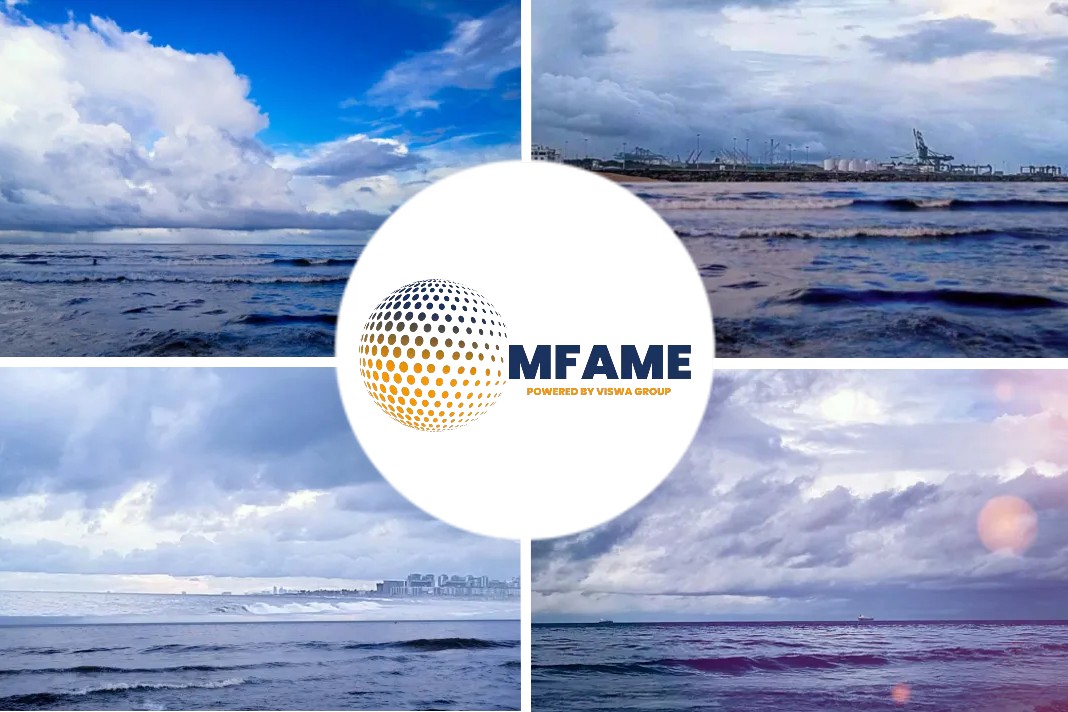Asia’s light ends markets are expected to be firm on stronger Brent crude, with gasoline also set to be boosted by increased regional travels following easing COVID-19 curbs.
Naphtha is seeing buying interest for the current front cycle, though overall demand is dampened by reduced cracker runs, while LPG supply is considered ample to meet regional demand at a time of high prices, says an article published in Platts.
Gasoline
Asia’s gasoline complex is expected to strengthen in the week starting March 21, supported by the relaxation of COVID-19 restrictions by regional economies, sources said.
Brokers pegged front-month FOB Singapore 92 RON gasoline crack against Brent swap in the $16.10-$16.15/b range at 0300 GMT March 21, down from $16.20/b at the Asian close March 18, S&P Global Commodity Insights data showed.
Growing tourist demand could boost driving activity, as Cambodia and South Korea announced easing of travel curbs. Cambodia waived pre-entry tests, while South Korea to allow fully vaccinated travelers to enter without quarantine from April 1, local media reported.
Asian gasoline supplies are expected to tighten and help boost prices, as sanctions on Russia restrict crude oil flow to South Korea and Japan, limiting their gasoline production, sources said.
At 0300 GMT March 21, US RBOB-Brent crack spread narrowed 1.06% from the previous Asian close to $27.46/b, S&P Global data showed.
The narrowing of the spread was possibly fueled by lower US product supplied, or implied demand, of finished motor gasoline, which fell 18,000 barrels on the week to 8.944 million barrels in the week ended March 16, US Energy Information Administration data showed.
Naphtha
The physical C+F Japan naphtha marker rose $40.375/mt from the previous Asian session to $989.375/mt in mid-morning trade March 21 as crude prices firmed.
While buying activity had emerged for the current H1 May-delivery cycle in the March 14-18 week, overall demand was pressured by lower cracker run rates. PetroChina is running at reduced rates of 87% in H2 March, except for the Liaoyang cracker, which is slated to be reduced to 68%, sources said.
Reflecting weak demand, brokers early March 21 pegged front-month April-May Mean of Platts Japan naphtha swap time spread down $3.25/mt from the previous close to $18.25/mt, S&P Global data showed.
Weakness in the naphtha complex was also seen in CFR Japan naphtha physical crack spread against front month ICE Brent crude futures, which narrowed $47.375/mt on the week to $137.575/mt at the March 18 Asian close, S&P Global data showed.
Lower demand reduced supply from poor Western arbitrage economics, with brokers pegging the key East-West spread — the difference between front month CFR Japan and CIF Northwest Europe swaps — at minus $2.75/mt in early Asian trade March 21, down from minus $2.50/mt at the European close March 18, showed S&P Global data.
LPG
Front-month April propane contract price swap was indicated at $881/mt March 21, up from $854.5/mt valued the previous session, and $14/mt below the March term CPs.
The premium of butane to propane was indicated at $20/mt March 21, unchanged from the previous session.
The discount of April FEI propane swap versus Mean of Platts Japan naphtha was pegged March 21 around $114.9/mt versus $99/mt the previous session, extending LPG’s viability as alternate cracker feedstock.
Saudi Aramco announced acceptances of April-loading term cargoes, which traders said were largely in line with nominations, though others said some delays were seen but within expectations. Other sources also expect Aramco to offer spot cargoes, which would keep the region well supplied.
The VLGC market, which has ample vessel supply, is also eyeing recent spot trades from Qatar and Abu Dhabi National Oil to help pick up shipping activity and reverse retreating rates.
Did you subscribe to our daily newsletter?
It’s Free! Click here to Subscribe!
Source: Platts



















